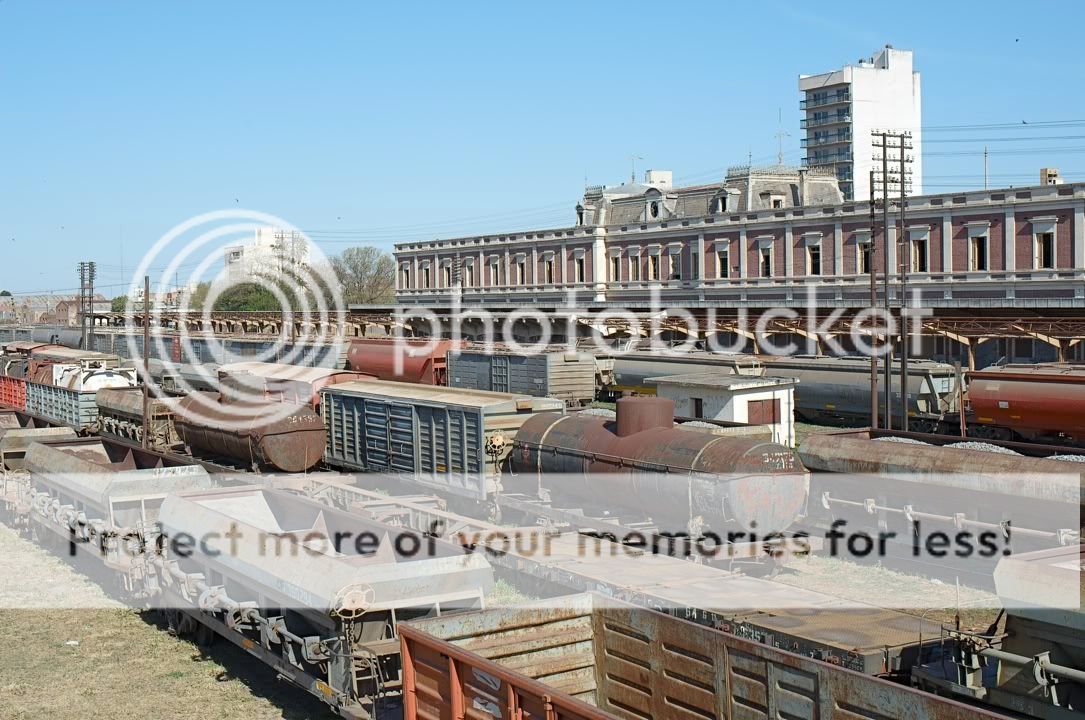Leonardo Boher
pro member
Hi guys,
I recently bought a donation based RAW File Processor called Raw Photo Processor, which really kicked out all my other RAW Processors for certain tasks, if not all. RPP tends to sub expose the image a bit, but after you tweak the exposure, you end with a very well exposed picture, with details on shadows and highlights. I guess that RPP manages the file in a more logarithmic way instead linear. Also, colors are much more accurate and realistic.
Here are some examples:
Raw Photo Procesor
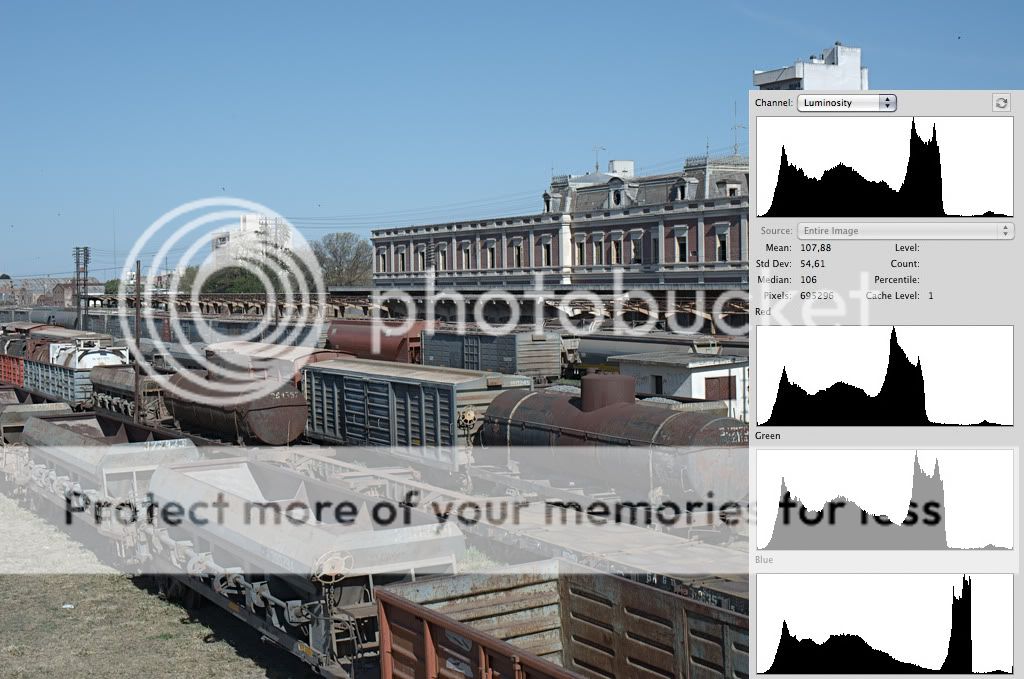
Lightroom 2.6 ACR 4.6
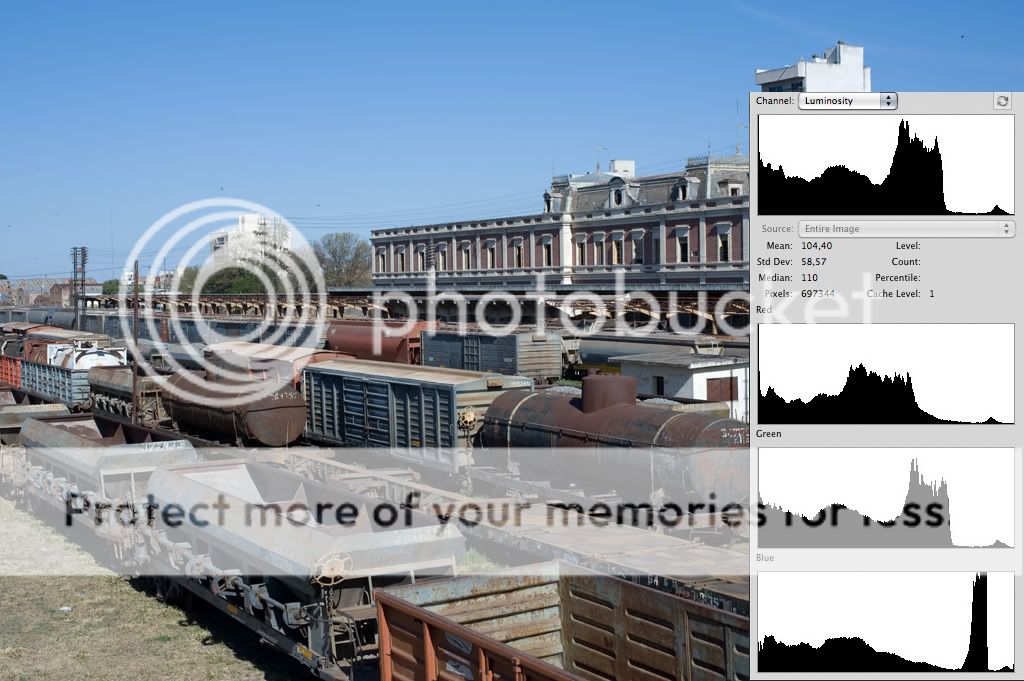
Capture NX
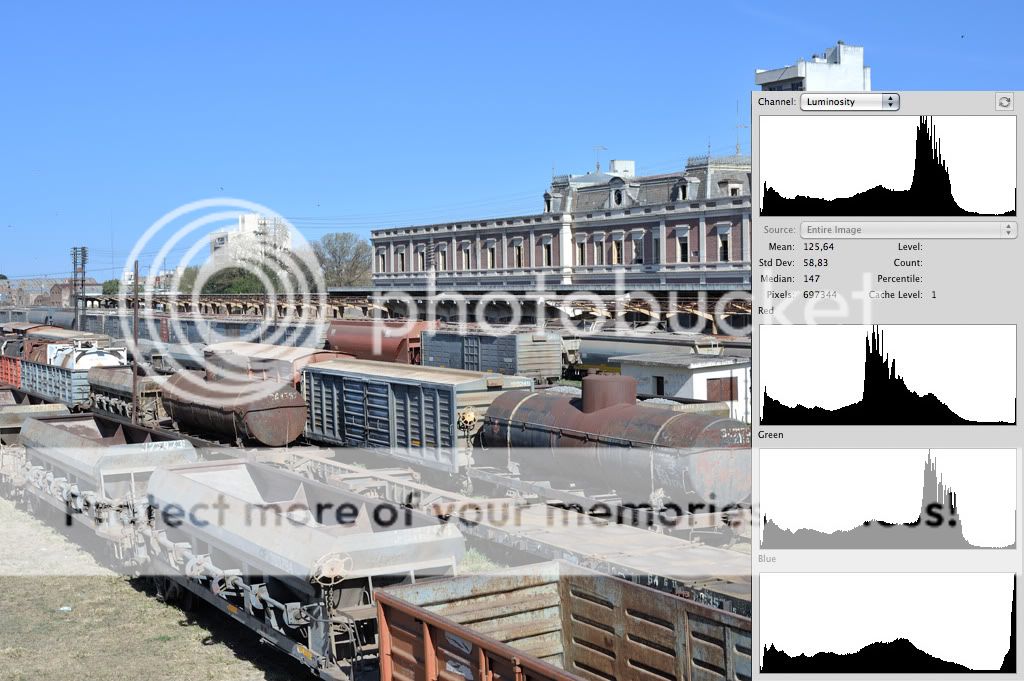
Aperture 3
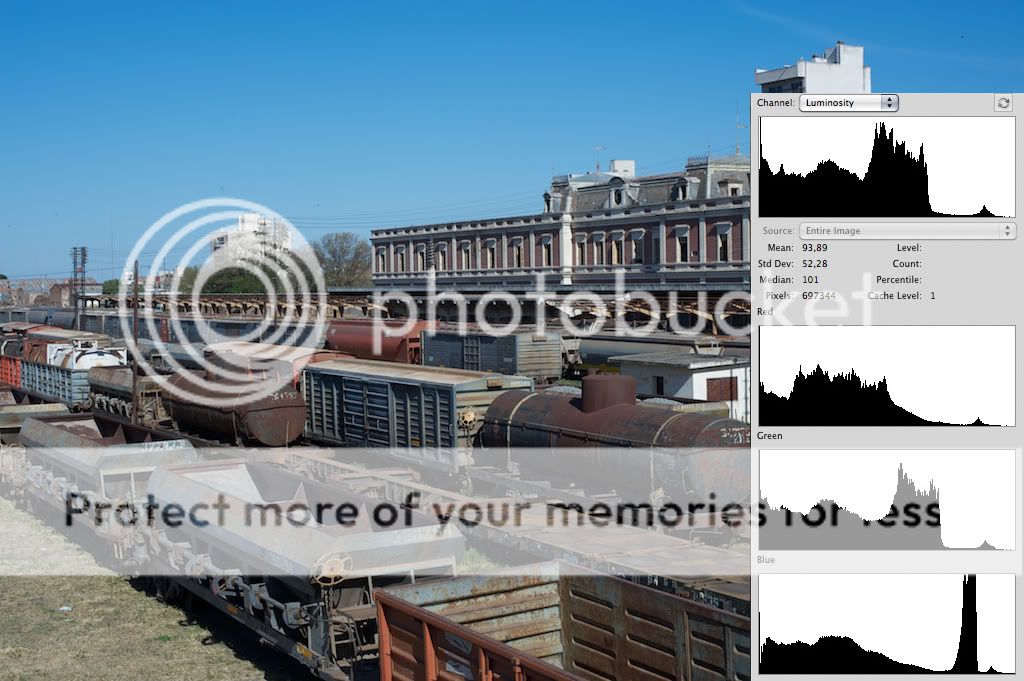
RAW IMAGE: http://www.mediafire.com/?tn0zcjjw2yj
Leo
PS: For the next viewers, please, remit your comments to the topic. It doesn't matter how you see the sky on your backyard.
I recently bought a donation based RAW File Processor called Raw Photo Processor, which really kicked out all my other RAW Processors for certain tasks, if not all. RPP tends to sub expose the image a bit, but after you tweak the exposure, you end with a very well exposed picture, with details on shadows and highlights. I guess that RPP manages the file in a more logarithmic way instead linear. Also, colors are much more accurate and realistic.
Here are some examples:
Raw Photo Procesor

Lightroom 2.6 ACR 4.6

Capture NX

Aperture 3

RAW IMAGE: http://www.mediafire.com/?tn0zcjjw2yj
Leo
PS: For the next viewers, please, remit your comments to the topic. It doesn't matter how you see the sky on your backyard.
Last edited by a moderator:

